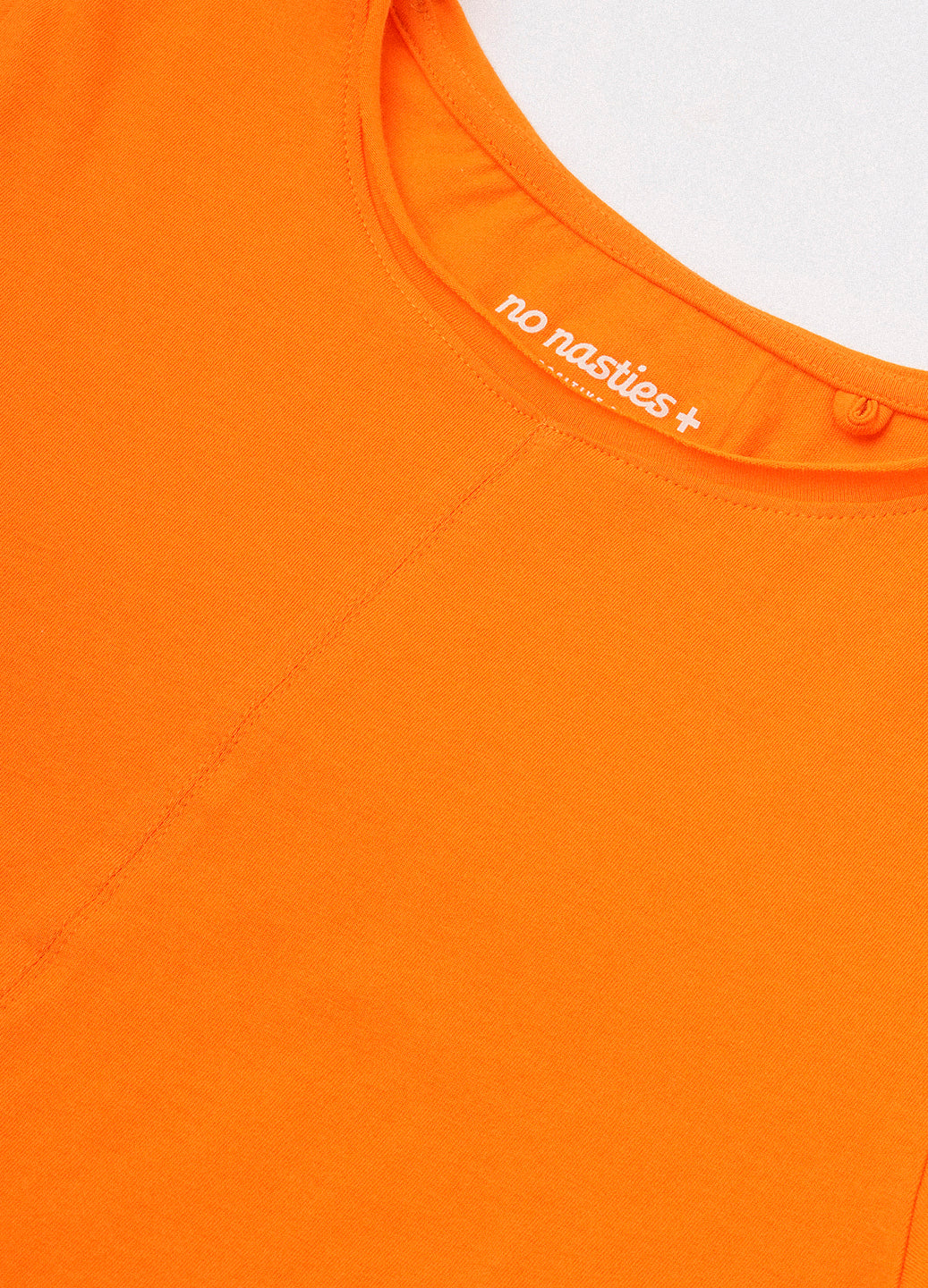But what is sustainable fashion, and why does it matter? In a world filled with fast fashion, understanding sustainable fashion is essential for our planet’s future.
Sustainable fashion isn’t just about avoiding fast fashion; it’s about making choices that benefit the environment, society, and economy. Let's unravel why this movement is crucial and essential.
What is Sustainable Fashion?
Sustainable fashion creates clothing with minimal environmental impact. This involves using organic, recycled, or upcycled materials and ensuring production processes reduce waste and pollution.
Key materials include organic cotton, grown without harmful chemicals, and recycled fabrics that give old garments new life.
Sustainable fashion emphasizes quality over quantity, ensuring each piece is durable and eco-friendly.
The Importance of Sustainable Fashion
The environmental benefits of slow fashion are significant. The fashion industry is a major polluter, contributing to water pollution, greenhouse gas emissions, and textile waste. Choosing sustainable fashion helps reduce these impacts.
Socially and ethically, sustainable fashion ensures fair wages and safe working conditions. This ethical approach combats the exploitation seen in fast fashion, benefiting everyone involved across the supply chain.
Economically, sustainable fashion promotes a circular economy where products are reused, repaired, and recycled. This conserves resources and creates sustainable jobs and markets.
How Sustainable Fashion Is Making a Difference
Brands like Patagonia and Stella McCartney lead the international sustainable fashion movement. Patagonia uses recycled materials and supports environmental causes, showing that businesses can thrive while being eco-friendly. Stella McCartney champions cruelty-free, eco-friendly fashion, setting a standard for luxury brands.
These brands demonstrate that sustainable fashion isn’t niche—it’s a viable, impactful business model reducing carbon footprints and promoting ethical practices.
Challenges and Misconceptions
Despite its benefits, sustainable fashion faces challenges. High production costs and complex supply chains make it tough for brands to fully adopt sustainable practices. Misconceptions about sustainability being too expensive or lacking style persist.
Greenwashing, where brands falsely claim sustainability, also confuses consumers. It’s vital for consumers to research and support transparent sustainable brands.

How You Can Support Sustainable Fashion
Supporting sustainable fashion doesn’t require overhauling your wardrobe overnight. Start small by choosing quality over quantity and investing in timeless, durable pieces.
Look for certifications like GOTS (Global Organic Textile Standard) or Fair Trade when shopping.
Buying second-hand or vintage clothing is another excellent way to embrace sustainability. When discarding clothes, consider donating, recycling, or upcycling them.

Conclusion
Sustainable fashion isn’t just a trend; it’s a necessary shift towards a more ethical, eco-friendly future. By making conscious choices and supporting sustainable practices, you contribute to positive change. Embrace sustainable fashion and wear your values proudly.
Read more

What do we do at No Nasties to grow the organic movement? We collaborate, NOT compete. Because we believe the organic movement in clothing is kinda something like a symphony. You can hum and strum ...

Me and my 20 year old relationship with fast fashion.








